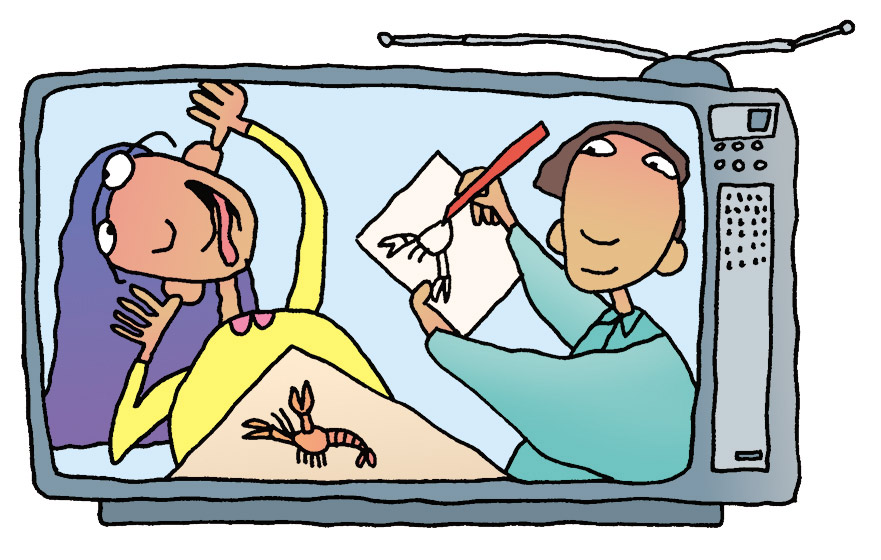Minilesson Print
Writing a Creative Synopsis

Have you ever read a preview of an upcoming movie or television episode? These short, playful summaries can be a lot of fun. Sometimes they are spot on. Other times they leave you saying, "Hey, that's not what this movie is about!" Can you guess the movies these short synopses refer to?
- A young queen flees her kingdom after causing an eternal winter, but her fearless sister sets out to thaw the frigid spell.
- The dark side is out for revenge on an icy planet as a villain tracks down his nemesis.
You can create a synopsis about a topic you're studying in school, too. For example, can you guess what historical event this synopsis refers to?
- A united group of colonies fights for sovereignty in a new world. (Scroll to the bottom to see all three answers.)
The challenge of writing an effective synopsis is twofold. First, you need to summarize the topic in only one or two sentences. Second, your synopsis needs to reveal just enough of the topic's central drama while not spoiling key parts. A little mystery is a good thing. Therefore, it's wise to avoid character names or key outcomes.
Your Turn Read the directions to create your own synopsis.
- Choose a topic. Consider a favorite movie, book, or topic of study.
- Write a summary of the topic in the fewest words possible. Start with two or three sentences. Then eliminate and combine as many details as you can. Try to distill the synopsis into one sentence that summarizes the central conflict.
- Exchange your final synopsis with a classmate. Can the person guess your topic?
(Answers: 1. Frozen; 2. Star Wars: The Empire Strikes Back; 3. The American Revolutionary War)

Writing a Creative Synopsis by Thoughtful Learning is licensed under a Creative Commons Attribution-NonCommercial-ShareAlike 4.0 International License.
Based on a work at k12.thoughtfullearning.com/minilesson/writing-creative-synopsis.